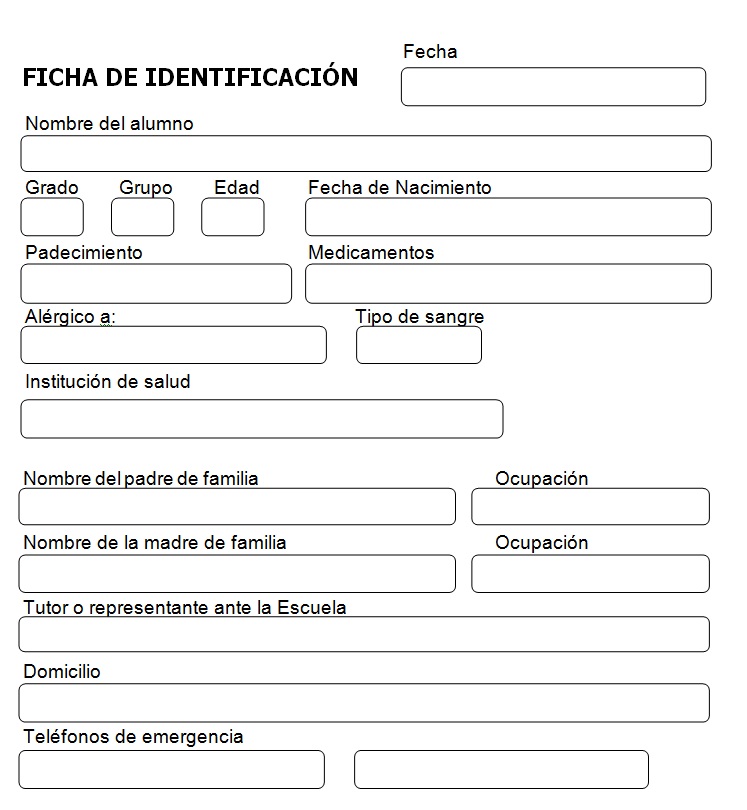Protecting Patient Privacy: Navigating the Data Landscape
In an era defined by data, the healthcare industry faces a paramount challenge: safeguarding sensitive patient information. This data, encompassing medical histories, treatment plans, and personal details, forms the bedrock of effective care. Yet, it also presents a tempting target for cyberattacks and breaches, making robust security measures non-negotiable.
The digital transformation of healthcare, while ushering in unprecedented advancements, has amplified the vulnerability of patient data. Electronic health records (EHRs), telemedicine platforms, and wearable health trackers generate a treasure trove of information, demanding stringent safeguards to maintain patient privacy and trust.
The consequences of inadequate data protection in healthcare can be devastating. Imagine the implications of a malicious actor gaining access to a patient's medical records, potentially leading to identity theft, insurance fraud, or even blackmail. Beyond the individual, data breaches erode public trust in healthcare providers and institutions, jeopardizing the very foundation of the patient-physician relationship.
The sensitivity of patient information necessitates a multi-pronged approach to security. Robust cybersecurity measures, including encryption, access controls, and regular security audits, are essential to prevent unauthorized access and data breaches. Equally important is fostering a culture of data privacy within healthcare organizations, emphasizing employee training and awareness programs to mitigate insider threats.
However, the responsibility for protecting patient data extends beyond healthcare providers. Patients themselves play a crucial role in safeguarding their information. This includes practicing good cybersecurity hygiene, such as using strong passwords, being wary of phishing scams, and regularly reviewing the privacy policies of healthcare apps and websites.
Advantages and Disadvantages of Centralized Patient Data
The increasing digitization of healthcare raises questions about the optimal approach to managing patient information. One approach gaining traction is the concept of centralized patient data repositories. While this approach offers potential benefits, it also presents challenges that warrant careful consideration.
| Advantages | Disadvantages |
|---|---|
|
|
Best Practices for Protecting Patient Information
Protecting patient data is not a one-size-fits-all endeavor. It requires a comprehensive approach that encompasses technological safeguards, robust policies, and a culture of privacy. Here are five best practices for healthcare organizations:
- Implement Strong Access Controls: Limit access to patient data based on the principle of least privilege, granting access only to authorized personnel with a legitimate need to know. Implement multi-factor authentication to add an extra layer of security.
- Encrypt Sensitive Data: Encrypt patient data both in transit and at rest using robust encryption algorithms. This ensures that even if data is compromised, it remains unintelligible to unauthorized individuals.
- Conduct Regular Security Audits: Regularly assess the effectiveness of security controls through vulnerability assessments and penetration testing. This proactive approach helps identify and remediate vulnerabilities before they can be exploited.
- Provide Employee Training: Train employees on data privacy policies, procedures, and best practices. Foster a culture of security awareness to mitigate insider threats and promote responsible data handling.
- Stay Informed About Evolving Threats: Stay abreast of the latest cybersecurity threats and vulnerabilities specific to the healthcare industry. Regularly update security software and systems to protect against emerging threats.
Challenges and Solutions in Patient Data Security
The healthcare industry faces unique challenges in safeguarding patient data. Addressing these challenges requires innovative solutions and a collaborative approach between healthcare providers, technology vendors, and policymakers.
| Challenge | Solution |
|---|---|
| Evolving Cyber Threats | Invest in advanced threat intelligence and detection systems to proactively identify and mitigate emerging threats. |
| Insider Threats | Implement robust access controls, employee training programs, and activity monitoring to mitigate risks posed by insiders. |
| Data Breaches | Develop and rehearse incident response plans to minimize the impact of data breaches and ensure timely notification of affected individuals. |
| Data Sharing Agreements | Establish clear data sharing agreements with third-party vendors and partners to define responsibilities and ensure compliance with privacy regulations. |
| Patient Trust | Prioritize transparency and communication with patients regarding data privacy practices to build and maintain trust. |
Conclusion
The protection of patient data is not merely a legal obligation but an ethical imperative. As the healthcare industry continues its digital transformation, safeguarding sensitive information must remain paramount. By embracing robust security measures, fostering a culture of privacy, and empowering patients to take an active role in protecting their data, we can navigate the evolving data landscape while upholding the trust that lies at the heart of healthcare.
Unleash your inner artist a world of girl drawing ideas awaits
Decoding western union transfer costs
My little sister imdb a deep dive into the acclaimed film

datos personales de un paciente | Innovate Stamford Now

Antecedentes Medicos Ejemplos Imprimir Gratis | Innovate Stamford Now

datos personales de un paciente | Innovate Stamford Now

datos personales de un paciente | Innovate Stamford Now
NORMA OFICIAL MEXICANA NOM | Innovate Stamford Now

datos personales de un paciente | Innovate Stamford Now

datos personales de un paciente | Innovate Stamford Now

datos personales de un paciente | Innovate Stamford Now
datos personales de un paciente | Innovate Stamford Now

datos personales de un paciente | Innovate Stamford Now

datos personales de un paciente | Innovate Stamford Now

datos personales de un paciente | Innovate Stamford Now

datos personales de un paciente | Innovate Stamford Now

datos personales de un paciente | Innovate Stamford Now

Expediente clínico, historia clínica y expediente clínico electrónico. | Innovate Stamford Now